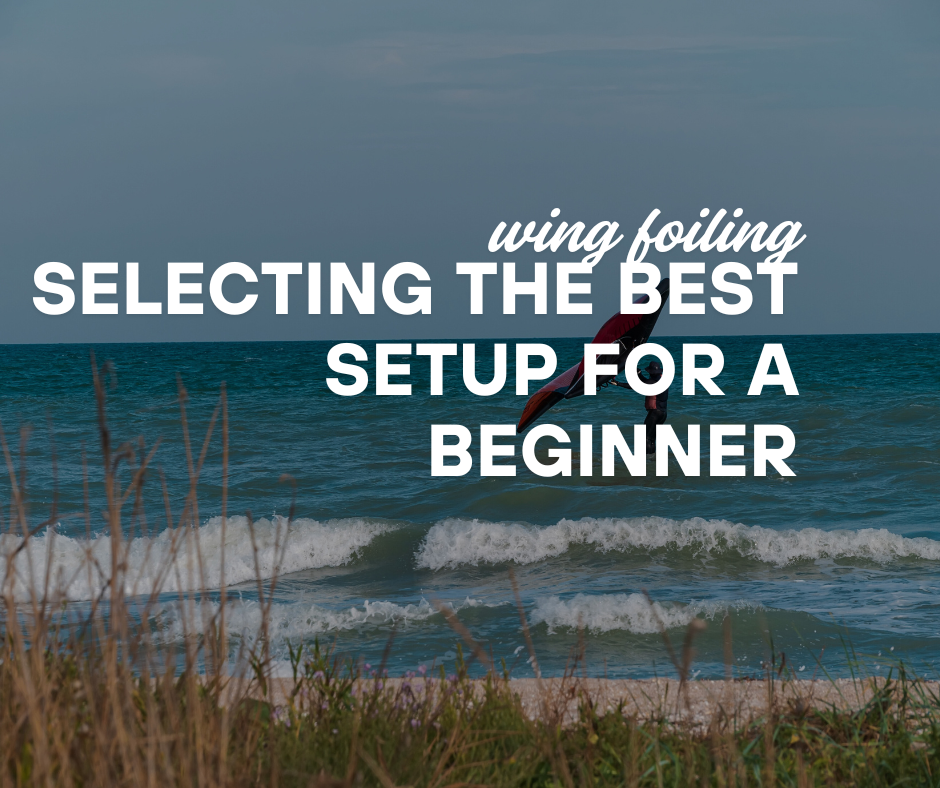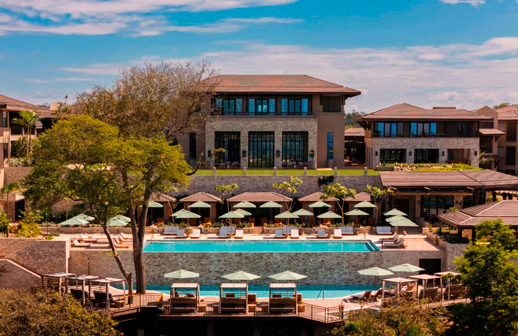If you’re new to wing foiling or looking to dial in your setup, the sheer number of opinions and gear combinations can be overwhelming. From Axis vs Armstrong debates to aluminum vs carbon masts, there’s no shortage of strong (and often conflicting) advice. So what really matters when you’re starting out or thinking about upgrading? Here’s a grounded look at building your best wing foiling setup — without the hype.
Start with Your Local Scene
Before diving deep into brand specs or debating the drag coefficients of carbon vs aluminum, take a look around your local spot. The best setup? It’s often the one people near you are already riding. Not only does this make it easier to try different wings and foils, but it also means you’ll have access to used gear, better community support, and faster troubleshooting.
As one experienced foiler put it:
“I’d probably use what’s available in your area and what others near you are using. That way you can try out different foils and chat gear with others who can give you valid opinions.”
This is especially helpful when you’re learning — used gear is often cheaper, and the upgrade path becomes clearer once you’ve progressed.
Big Brands = Easier Progression
Riders across multiple threads emphasize sticking with well-established brands like Axis, Armstrong, F-One, or Fanatic. The reason? Easier access to parts, more resale value, and wider community knowledge.
Take Axis, for example: it’s popular in areas like the Pacific Northwest because it has a solid local following, lots of used inventory, and a range that works for beginners through to advanced riders. Armstrong, while pricier, is praised for durability, modularity, and long-term performance — especially if you’re riding in salt water and want gear that won’t corrode or seize up.
If you’re on a tighter budget or in Europe, Gong and Takoon offer great performance at lower price points, with strong second-hand markets and growing rider communities.
Aluminum vs Carbon: Don’t Overthink It (Yet)
Aluminum masts get a lot of flak — for being heavier, less stiff, and more prone to corrosion. But here’s the real deal: unless you’re chasing high speeds or carving tight turns on sub-800 cm² wings, an aluminum mast will do just fine, especially for beginners. You’ll save money and get a feel for the sport before committing to a pricey carbon upgrade.
Want a deep dive into choosing your first wing for light wind conditions? Check out Ventana Travel’s excellent breakdown:
👉 Beginner’s Guide to Wing Selection for Light Winds
Build Around Your Goals, Not Hype
Every rider has a story about how their setup transformed their ride. Some love Armstrong’s titanium hardware and precise fit; others swear by Axis for their modularity and community. Ultimately, what works best for you depends on:
-
Your local conditions
-
Your budget
-
How much time you spend riding
-
Your goals (gliding, wave riding, racing, cruising, etc.)
Don’t stress about finding the “perfect” setup right away. Focus on getting on the water with what works, then adjust based on experience. If you’re feeling overwhelmed by options, or unsure what wing or foil to start with, browse Ventana’s gear tips and rider resources at ventanatravel.com.
Final Thoughts
You don’t need a top-shelf carbon foil to fall in love with wing foiling. Start local, stay flexible, and upgrade when the need — not the hype — demands it. The best setup is the one that gets you out there and progressing.
Want help figuring out what setup fits your local conditions and budget? Let me know what region you’re in and what your goals are — I’d be happy to recommend a few setups.





